Lotus flower tattoos have captivated people across cultures and generations, drawing in those who appreciate beauty combined with a rich tapestry of meaning. This mesmerizing symbol is much more than just an artistic element on your skin—it embodies a journey of transformation, resilience, and purity that many can relate to on a personal level. I’ve always found that the soft yet intricate curves of the lotus are perfectly balanced, hinting at both vulnerability and strength. As you explore the world of body art, the allure of this design becomes irresistible, largely because it offers an opportunity to express a deep connection with nature’s cycles. People often choose this tattoo to symbolize new beginnings or a powerful evolution in their lives, which resonates with the natural process of bloom and decay. The intricate details of the petals represent layers of meaning, from the constant cycle of rebirth to a clear depiction of overcoming adversity. The vibrant yet calming aesthetic of the lotus flower continues to inspire modern tattoo artistry, merging symbolism with design in a way that feels both timeless and contemporary. Every glance at a lotus tattoo can evoke a sense of inner peace, reminding you of how far you’ve come and the beauty in starting over, even when the journey appears daunting.
Cultural Roots and Spiritual Significance
Deeply rooted in ancient tradition and spiritual context, lotus flower tattoos carry centuries of cultural significance that have been celebrated in art, literature, and religious practices worldwide. In many Eastern traditions, especially within Buddhist and Hindu cultures, the lotus is a revered symbol of spiritual awakening and divine beauty. I often find it fascinating how this flower, emerging pristine from murky waters, embodies the journey through suffering to enlightenment—a transformative process that resonates on a deeply personal level. This myth of rebirth and purity connects technology with timeless human values, making it appealing both as a piece of body art and as a spiritual emblem. Numerous ancient scriptures and religious texts describe the lotus as a metaphor for rising above human frailties, providing comfort and motivation to those in search of enlightenment. The impressive legacy of the lotus, as seen in elaborate temple carvings and delicate ancient paintings, continues to inspire modern tattoo enthusiasts who see in it a symbol of resilience. When you choose a lotus tattoo, you are not just adorning your body with art but also embracing a symbol that carries the weight of history and the promise of spiritual growth.
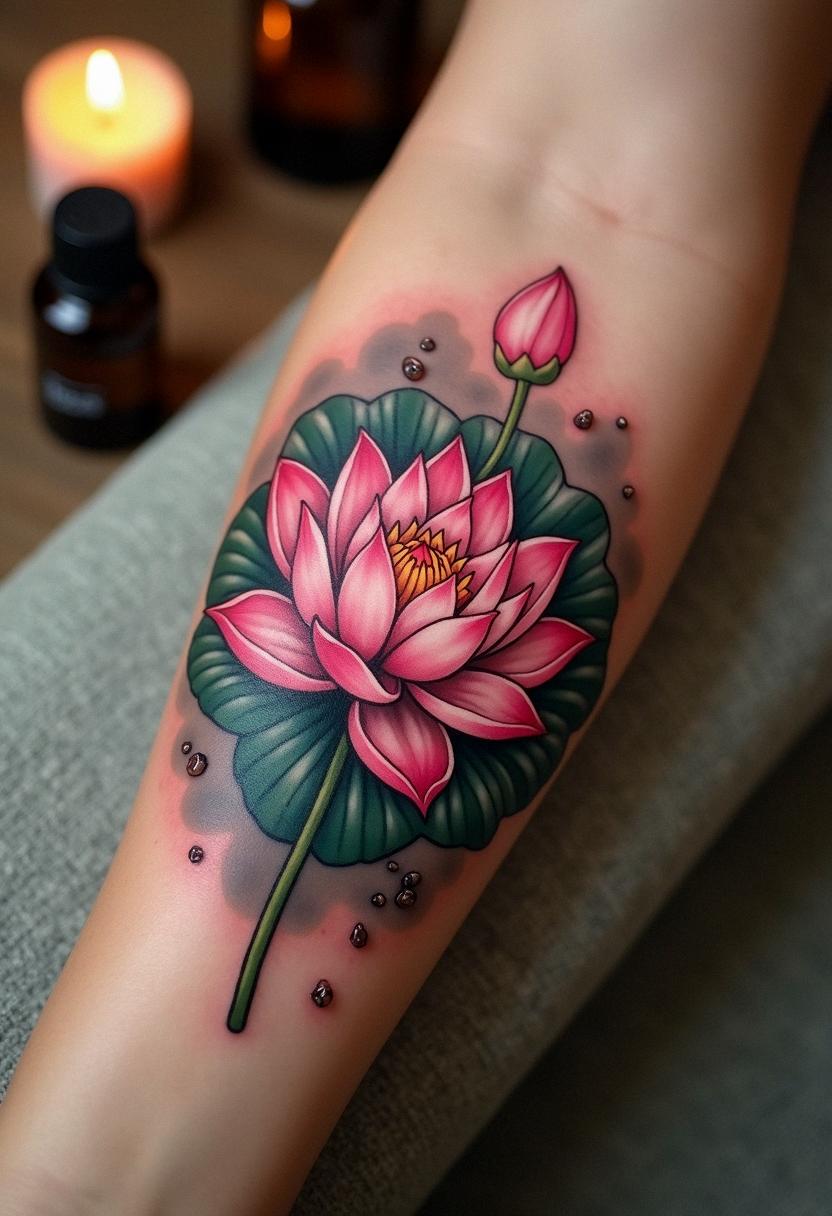
Symbolic Meanings and Personal Interpretations
Lotus flower tattoos stand out as a deeply personal form of expression, inviting you to explore the myriad interpretations that this elegant symbol holds. For many, the lotus represents a journey of inner transformation—a process of shedding old skin, overcoming difficult obstacles, and emerging as a more refined version of oneself. I enjoy how this design can be layered with meaning, adapting uniquely to the wearer’s life story. Whether you view it as a reminder of perseverance during challenging times or as a symbol of new beginnings, each petal can serve as a chapter in your personal narrative. The beauty of the lotus lies in its versatility; its imagery can be imbued with different shades of meaning depending on cultural or emotional context. Some people find that it speaks to the balance between vulnerability and strength, mirroring the mosaic of emotions that define human experiences. Others appreciate the spiritual symbolism that aligns with the cycles of nature and the concepts of rebirth. This duality in meaning allows each tattoo to become a living testament to your personal evolution, making the lotus flower design both visually captivating and profoundly motivational.
Design Variations: Traditional, Modern, and Fusion Styles
Over the years, lotus flower tattoos have evolved into a diverse array of design styles that cater to a wide range of tastes and aesthetics. Gone are the days when tattoos were confined to a singular, traditional appearance; nowadays, the lotus design showcases an eclectic mix of traditional, modern, and fusion styles. I love how artists now blend fine lines, dot work, and vibrant shading techniques to create pieces that are as unique as they are meaningful. Traditional renditions may feature bold outlines and simplified forms that pay homage to classic tattoo art, while modern iterations often experiment with gradients, geometric patterns, and abstract accents that push creative boundaries. Some artists even merge the lotus with elements of nature like water, fire, or cosmic imagery, creating a fusion style that speaks to the complexity of human emotions and life’s unpredictable rhythms. No matter which design style you gravitate towards, the adaptability of the lotus flower is one of its biggest draws. Whether you desire a minimalist representation or a detailed masterpiece bursting with symbolism, there are endless possibilities to tailor your tattoo to your personality, ensuring that it reflects your journey, heritage, and aesthetic tastes in a way that is unmistakably personal.
Color Choices and Tattoo Artistry Details
One of the most exciting aspects of lotus flower tattoos is the opportunity to play with vibrant color schemes and intricate detailing that truly bring the design to life. I often find that the way an artist interprets color in these tattoos can dramatically influence the overall impact of the piece. The traditional hues—soft pinks, deep reds, and soothing blues—are often used to evoke feelings of serenity and passion, seamlessly blending with the design’s profound symbolic meanings. Some enthusiasts prefer to stick with bold monochromatic shades, which add an element of modern minimalism, while others embrace a full spectrum of hues to emphasize the natural allure and multilayered symbolism of the lotus. Every swirl and contour is painstakingly crafted, ensuring that the lines flow as naturally as the water from which the lotus blooms. Often, ink artists combine delicate shading with dramatic contrasts to create a piece that’s both captivating and deeply personal. The interplay of light and shadow in these tattoos tells a story of transformation and rejuvenation that mirrors your own life experiences. In doing so, the tattoo not only captures the eye but also invites onlookers to reflect on the journey of growth and renewal that the lotus naturally represents.
Optimal Placement and Size Considerations
When it comes to lotus flower tattoos, the placement and size of the design can significantly enhance its overall impact, allowing the artwork to be both a stunning visual statement and a personal reminder of your journey. I always advise taking the time to consider where on your body the tattoo will have the most meaning and aesthetic appeal. Many choose areas like the forearm, back, or even the calf because these locations allow for a larger canvas where intricate details can be fully appreciated. Others opt for a smaller, subtler rendition that can be discreet yet deeply personal, perhaps nestled on the wrist or behind the ear. The meticulous curves and delicate details of the lotus naturally lend themselves to curved surfaces, which mirror the organic shapes found in nature, thereby enhancing the tattoo’s visual harmony with your body. In my experience, choosing the ideal size also means considering how the tattoo will age over time, ensuring that it remains as vibrant and legible as when it was first inked. The balance of scale and placement ultimately transforms your tattoo from mere body art into a living narrative—a consistent reminder of the inspirations and milestones represented by the lotus. Ultimately, the decision should marry both aesthetic appeal and personal significance, ensuring that your tattoo feels like an integral part of who you are.
Choosing the Right Tattoo Artist for Your Lotus Design
Finding the right tattoo artist is a crucial step when infusing your body with a design as meaningful and intricate as a lotus flower tattoo. Personally, I believe that an artist’s ability to balance technical skill with creative intuition can transform a simple idea into a work of art that truly resonates with your inner spirit. It’s essential to do your homework—checking portfolios, reading reviews, and even consulting with several artists before making a decision. I always advise anyone considering a lotus tattoo to look for someone whose previous work demonstrates a delicate mastery of fine lines, color gradients, and detailed shading, as these qualities are essential for capturing the nuanced beauty of the lotus design. In addition, discussing your personal vision and any cultural or symbolic elements that you wish to incorporate can help the artist understand your unique story and translate it onto your skin with authenticity and care. Trust your instincts and take the time to ensure that the artist not only has technical proficiency but also a genuine passion for the art form. The connection you form with your tattooist will significantly influence the final outcome, making it as much a collaborative effort as it is a reflective personal statement, ensuring that your lotus tattoo becomes a cherished emblem of your personal journey.
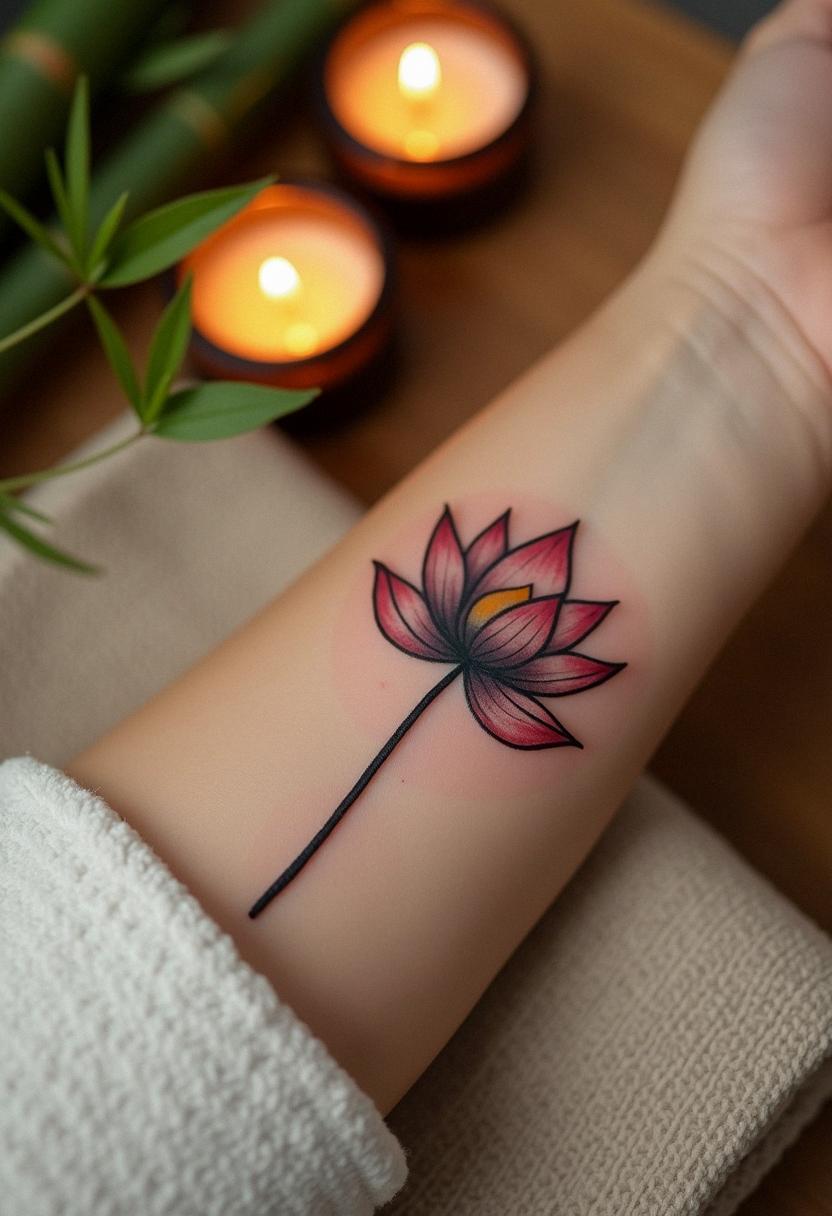
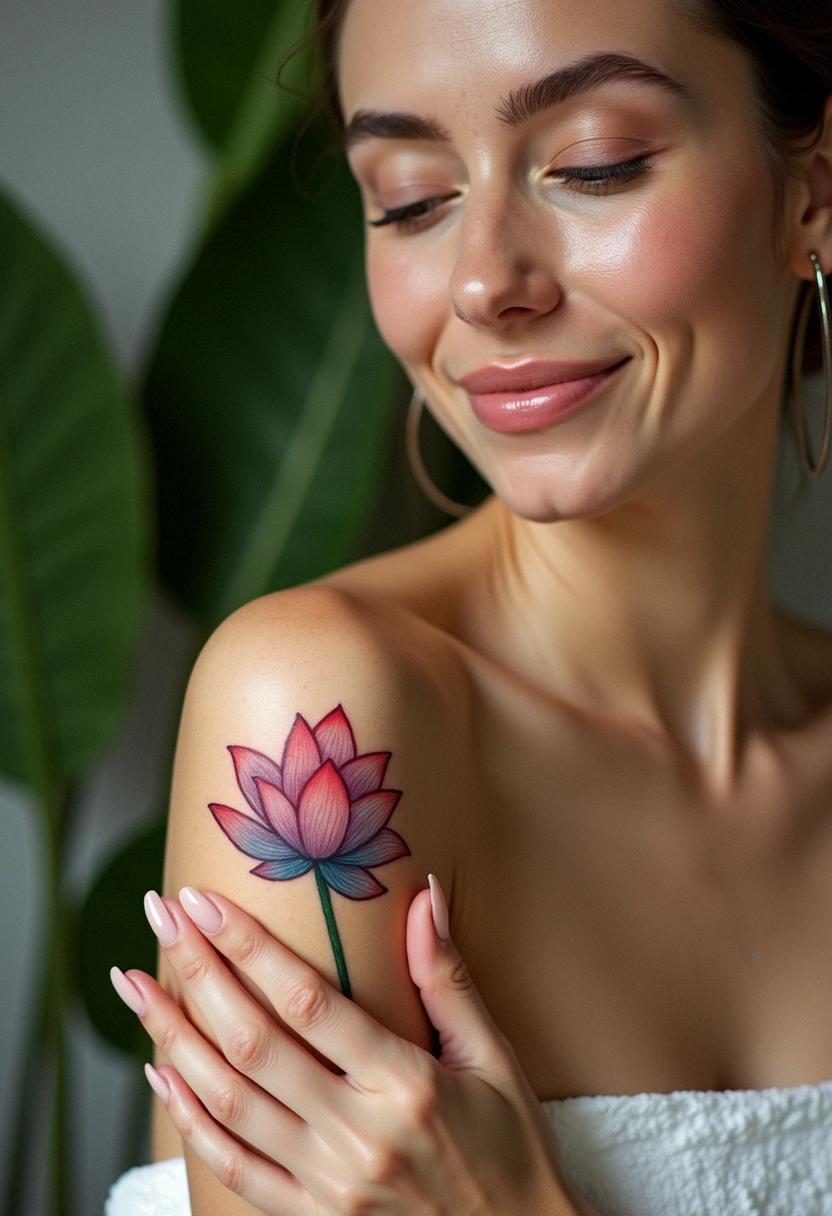
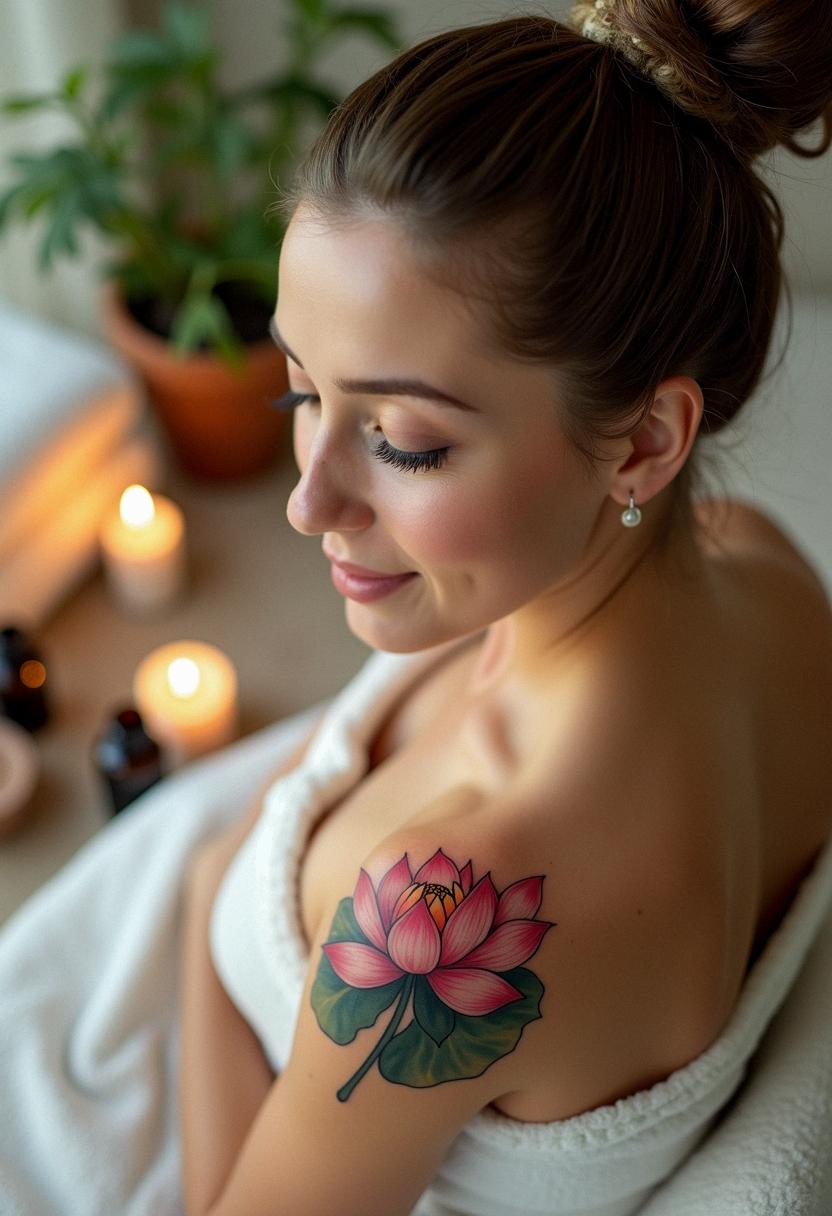
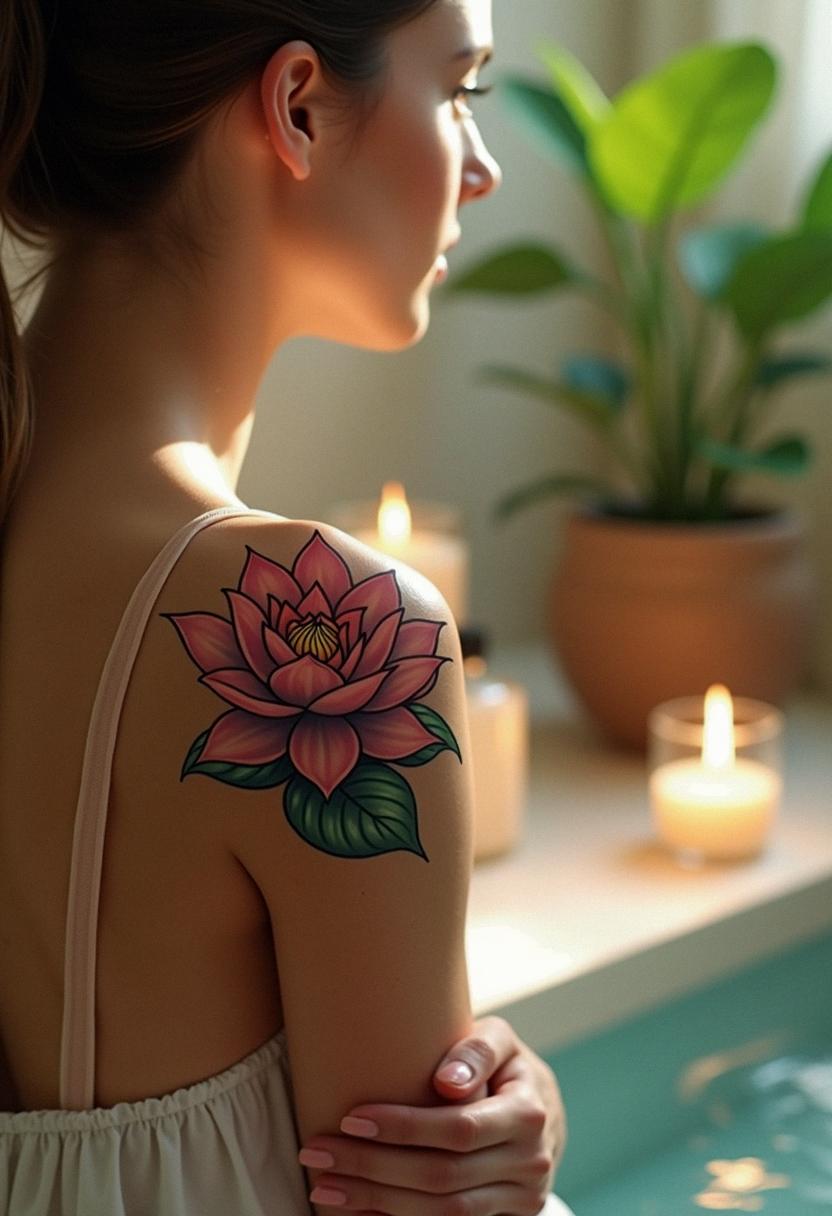

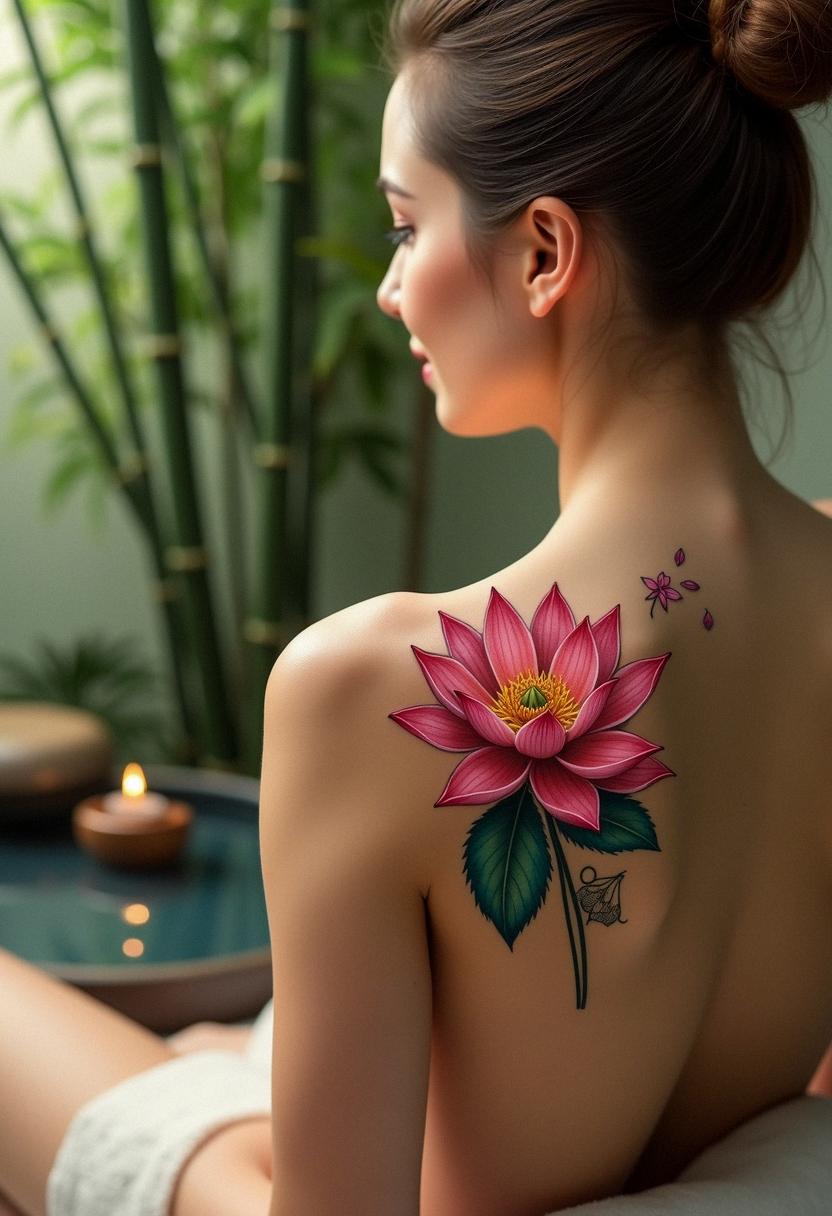
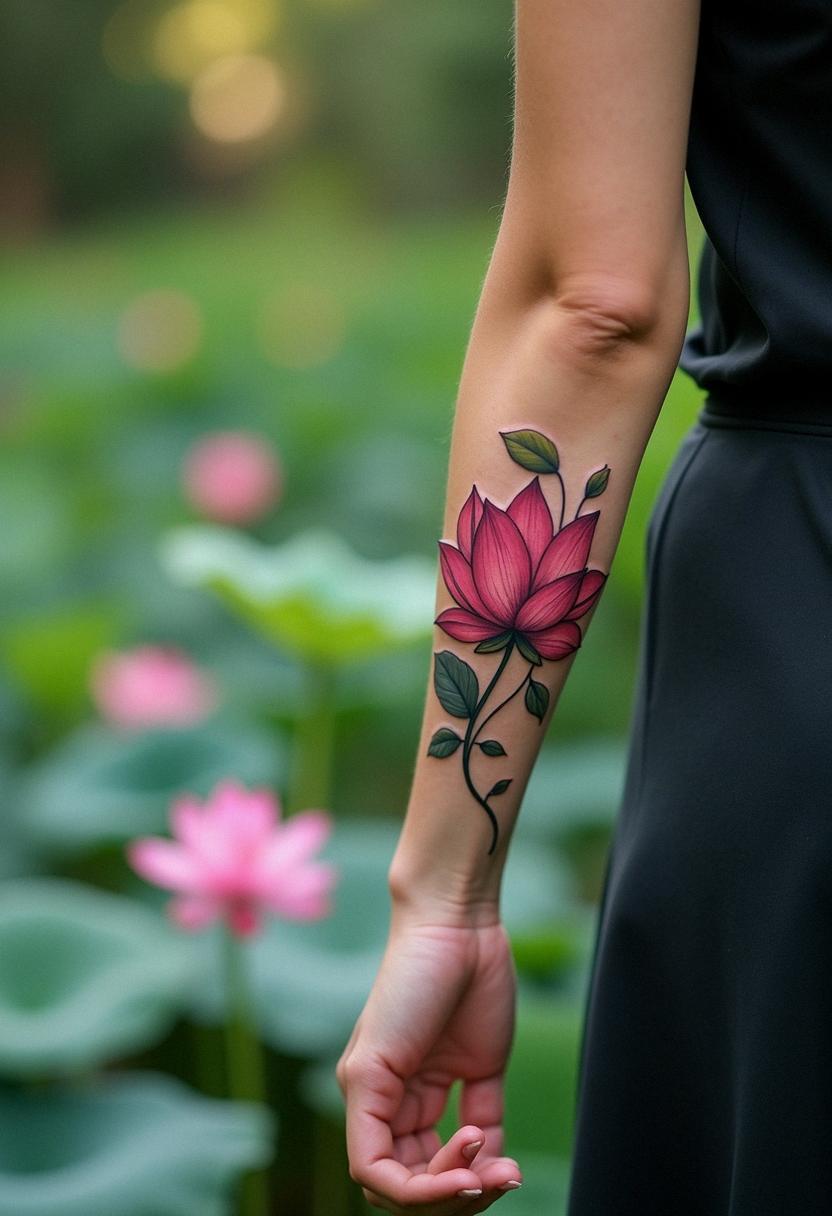
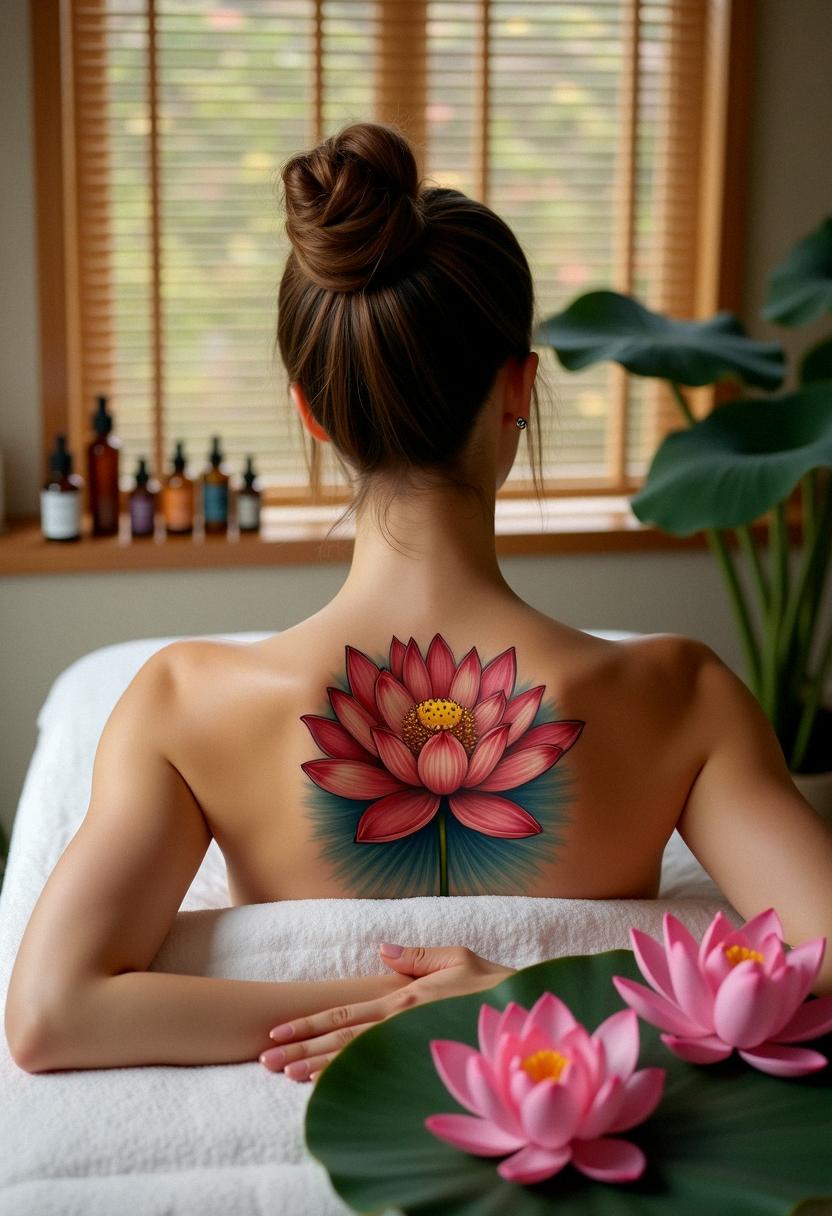
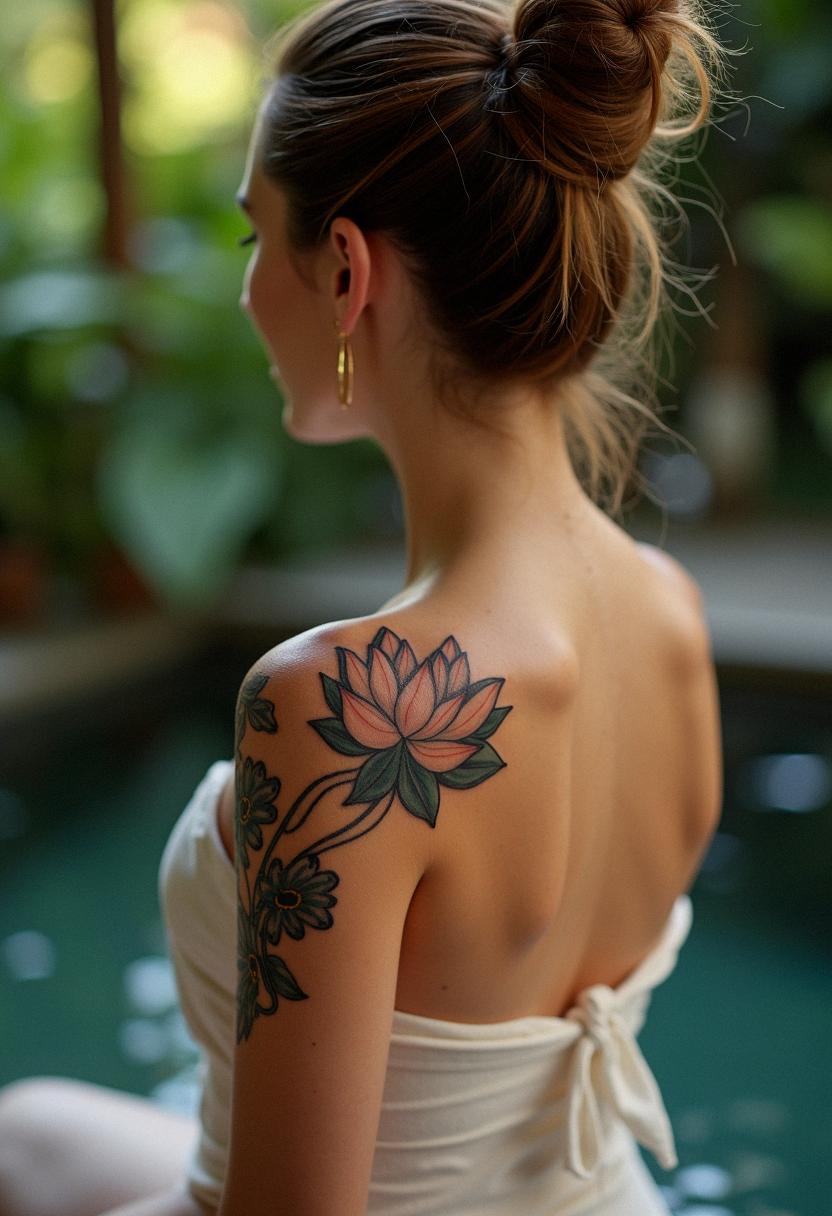
Aftercare Tips and Longevity for Your Tattoo
After getting a lotus flower tattoo, proper aftercare is as vital as the design process, ensuring the longevity and vibrance of your new piece of art. I’ve learned that the best tattoos not only tell stories visually but also continue to look flawless years down the line if you take meticulous care of them. Immediately following your tattoo session, your artist will typically provide a series of guidelines, such as keeping the area clean, avoiding direct sunlight, and using specialized ointments to prevent infection. It might sound like a lot, but think of it as a short-term commitment to maintain a lifelong symbol of beauty and personal meaning. In my experience, continually moisturizing and gently cleansing the tattooed area becomes almost ritualistic, offering you a moment to reflect on the significance of the lotus—which, after all, symbolizes endurance and transformation. Over time, exposure to the sun and the natural aging of your skin can cause minor fading, so incorporating regular touch-ups can be beneficial if you want to keep the design as crisp as it was initially. Treating your tattoo with care not only preserves its aesthetic appeal but also reinforces the respect you have for the transformation it represents. Ultimately, a well-cared-for tattoo can serve as a permanent reminder of both where you’ve been and where you’re headed, blossoming in beauty much like the lotus itself.
